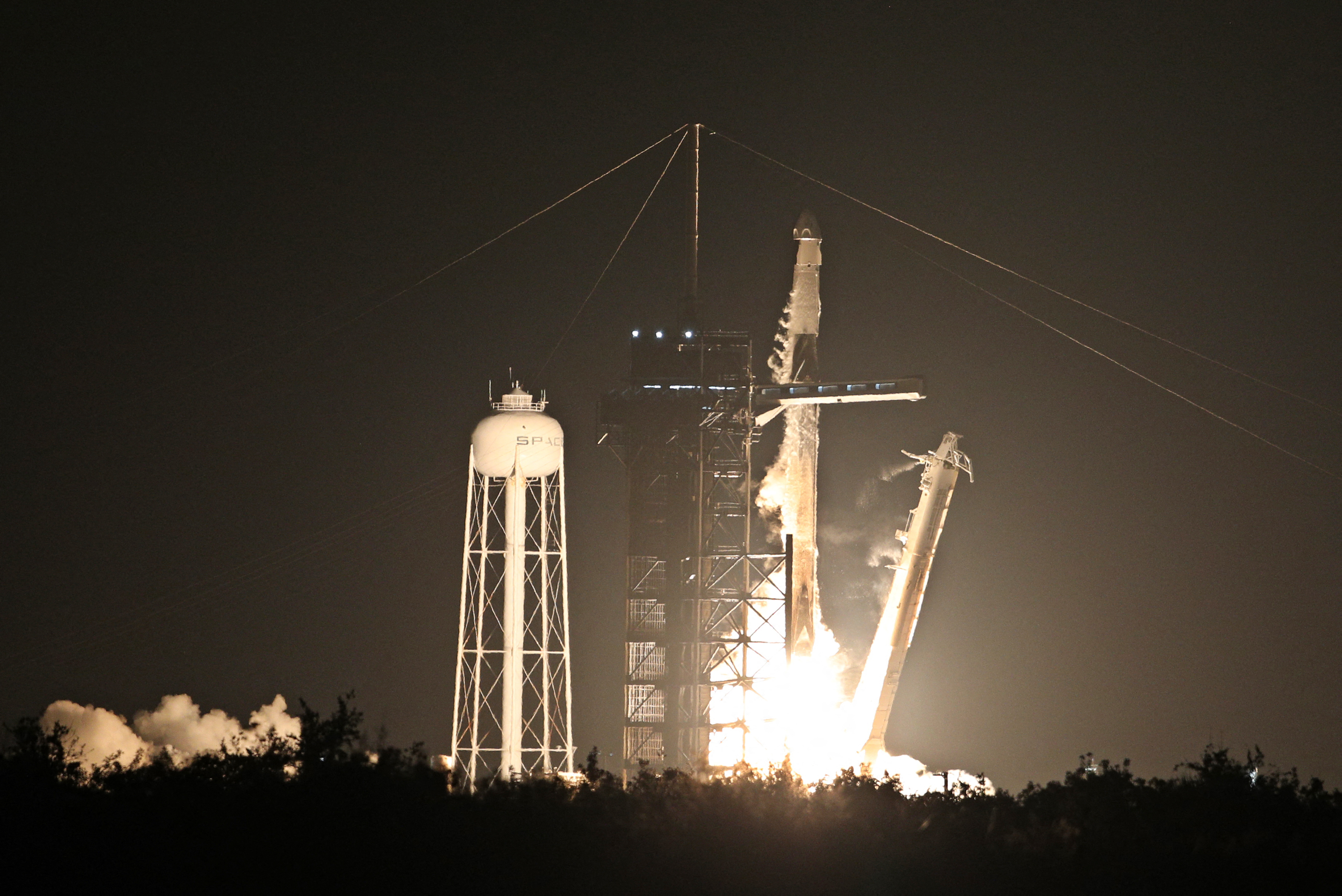"There is a vast range of issues lumped into this single measure and as a result of its complexity, it needs to be analyzed for flaws and issues. We will be carefully reviewing it to determine if it helps or hurts local tourism and San Diego's ability to continue working with the NFL on our straightforward Mission Valley stadium plan the Governor just certified for expedited review." twist in San Diego’s stadium saga.
The San Diego Stadium Coalition announced Wednesday it has jumped on board with a “Pay Their Own Way” citizen’s initiative. The idea is to fund the construction of a new downtown stadium for the San Diego Chargers, as well as an expansion to the convention center, without using any taxpayer money.
The proposal is to raise the city’s Transient Occupancy Tax (TOT) from 10.5 percent to 15.5 percent (slightly less for smaller establishments), putting San Diego on par with cities like Seattle (16.5 percent), Los Angeles (15.5 percent) and San Francisco (16.25 percent). This 5 percent increase would eliminate a 2 percent fee on hotel-room bills already collected by the Tourism Marketing District.
Attorney Cory Briggs, who authored the initiative, launched a signature gathering drive during a Thursday news conference, where former City Councilwoman Donna Frye gave her support. The intent is to get enough signatures to put the initiative on the ballot for a June 2016 vote.
Backers say the increase in the TOT would generate some $18 million a year, which would go into the city's general fund. The city council would then decide how to spend that extra money -- theoretically in pursuit of a new stadium.
However, the initiative makes it clear that the plan does not automatically authorize money for a stadium.
The San Diego Stadium Coalition has set up a GoFundMe page to raise $50,000 for the signature drive. Briggs and a group of investors pledge to match that with another $50,000. They need 75,000 signatures to get it on the ballot, and signature gathering would start in 21 days.
"No single interest group who has a stake in what we're talking about is gonna get 100 percent of what it wants, with one exception, and that's the public as a whole," Briggs said Thursday. "All of the interest groups will have to compromise."
There are a few interesting points in the fine print, not the least of which is the initiative would effectively outlaw a contiguous convention center expansion. Briggs has been outspoken in his desire for a noncontiguous convention center plan and will actually be in court with the City on the matter starting November 6.
He said the Chargers would still have to, as he put it, bring their checkbooks. Briggs estimates it would cost the team more than $700 million to add a stadium to a potential convention center expansion.
(Read the entire initiative here)
Local
However, the idea is already garnering pushback from local leaders.
Steve Cushman, chairman of the San Diego Convention Center, sent NBC 7 this statement:
“This is very bad public policy. I think [Briggs is] trying to do through the legislative process what he hasn’t done through the legal process. And I don’t think that’s inappropriate. I think he’s frustrated with the process.”
The president of the San Diego Hotel and Motel Association said he cannot comment on the initiative until he goes through it and meets with his board and executive committee.
As for the city's reaction, Mayor Kevin Faulconer's office said this: "There is a vast range of issues lumped into this single measure and as a result of its complexity, it needs to be analyzed for flaws and issues. We will be carefully reviewing it to determine if it helps or hurts local tourism and San Diego's ability to continue working with the NFL on our straightforward Mission Valley stadium plan the Governor just certified for expedited review."
Briggs has recently been successful in his legal challenges to keep convention center expansion away from the bayfront and may have a strong ally in JMI Realty, owned and operated by former Padres owner John Moores. JMI has also advocated for a noncontiguous convention center, instead pushing for a spot like the tailgate parking lot currently used for events at Petco Park.
So many of you now may be thinking, "Where does that leave the Mission Valley proposal?” I’m glad you asked.
Also on Wednesday Governor Jerry Brown signed off on streamlining the process at the site of the current home of the Chargers.
“The Qualcomm Stadium Reconstruction Project will create new jobs, reduce energy usage and use clean energy, and promote infill development,” Brown wrote.
What that means is the Environmental Impact Report (EIR) proposed by San Diego Mayor Kevin Faulconer can be fast-tracked, moving straight to appeals court and potentially avoiding long delays, something the NFL has been concerned about when considering San Diego's case to keep a professional football franchise.
The draft EIR received only 18 public comments, a shockingly low number for a project with this high of a public profile, with only two of them being what is considered “professionally prepared.”
Now the mayor’s stadium proposal can be placed on a ballot in 2016, as well, providing the issues that have been raised are adequately dealt with. It is worth noting that responses that might have presented issues, from state and federal agencies like the Regional Water Quality Control Board and the California Department of Fish & Wildlife, never surfaced during the EIR process. The most researched responses came from entities based in Los Angeles.
So it appears we now have dueling stadium proposals again, but this time both of them are in the city of San Diego instead of one being in Carson, and now both have at least the potential to get on the ballot for voters to decide on in 2016.



